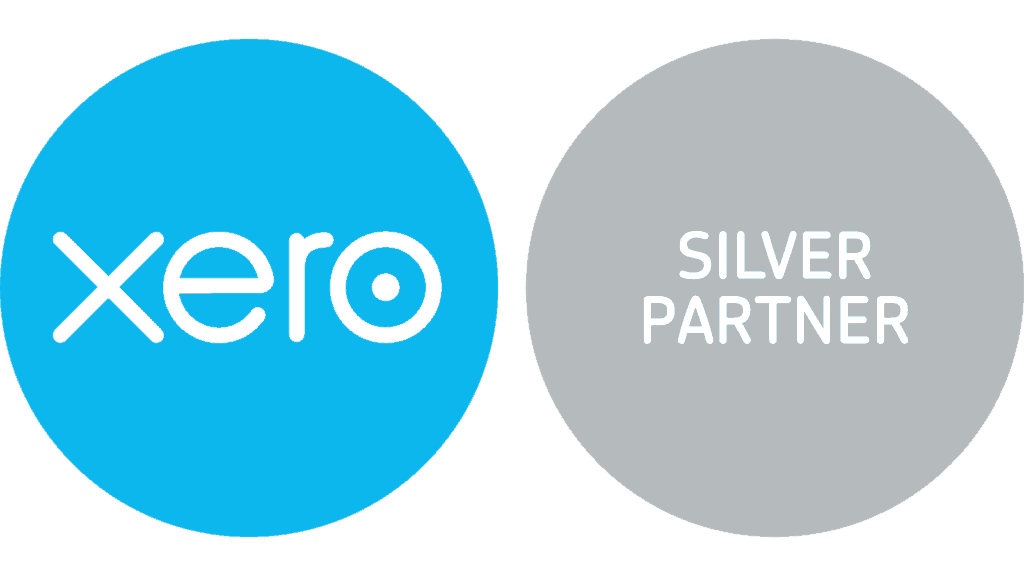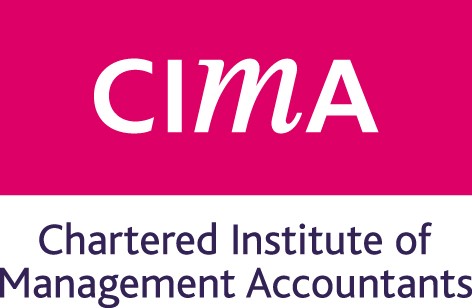When it comes to company incorporation, Limited Liability Partnership (LLP) continues to remain a popular choice among those looking to register their company. But which are the factors that make business owners opt for an LLP structure over other more traditional forms of partnership?
In this blog we take you through the various aspects of an LLP structure, as well as outlining a traditional partnership.
The Basic Difference
The word partnership itself implies that it must involve two or more people. This requirement remains consistent irrespective of whether the business owners are looking to set up a traditional partnership or a Limited Liability Partnership.
However, the main difference between these two methods of setting up a company is the level of financial accountability involved on the part of each partner. This limited liability coupled with the flexibility of a traditional partnership makes LLP the most preferred structure for a business.
In a traditional partnership, the whole burden of business debts falls upon the partners and this is not particularly appealing to those wanting lesser financial liability. When a company registers itself as an LLP, each partner has reduced financial liability.
LLPs enjoy a level of flexibility which is quite similar to that offered by a traditional partnership, such as those pertaining to taxation, rights and duties of partners, distribution of profit and also the internal management structure.
Points of Difference
While there are some similarities in the business structures of a traditional partnership and an LLP, they are known to be quite different from each other in many aspects relating to their internal management structure and taxation.
Private Limited Companies:
- Can be limited by guarantee (non-profit) or limited by shares (for-profit).
- It requires the registered partners to have at least one director (manager) and one shareholder/guarantor (owner). It is possible for one business owner to handle both responsibilities.
- The business should have its office address registered in the same part of the UK where the business has been incorporated.
- Corporation Tax must be paid on all profits earned.
- The business is required to file annual accounts, a confirmation statement and also a Company Tax Return each tax year.
- Profits need to be shared among shareholders in the form of dividend payments.
- The number, value and class of shares determine the rights, liabilities and responsibilities of each shareholder.
- The shareholder’s agreement and articles of association must contain the rules related to the internal structure and management.
- It is possible to sell shares in exchange for capital investment in the case of those companies limited by shares.
- Need to maintain a PSC Register.
Looking for a new accountant?
GET IN TOUCH
Looking for a new accountant?
GET IN TOUCHLimited Liability Partnerships
- Unlike traditional partnerships, an LLP structure cannot be used for charities or non-profit enterprises and must be used to set up a profit-making business.
- It requires the presence of at least two partners at all times.
- The additional legal responsibilities of the LLP and its members must be shouldered by at least two ‘designated’ members who are also partners in the firm.
- There are no directors, shareholders or shares in an LLP.
- The address of the office should be registered in the same country as it has been incorporated.
- Unlike a firm which has been incorporated as a traditional partnership, an LLP is not required to pay corporation tax as a single business entity. Each partner must treat himself or herself as a self employed individual and is required to pay taxes through self-assessment.
- A confirmation statement along with annual accounts must be delivered to the House of Companies each year.
- The extent of financial liability levied on each partner of the firm must be decided internally amongst the partners and declared clearly in the partnership agreement.
- The way in which the LLP should be managed and also the rights, liabilities and responsibilities of each member should be specified in the partnership agreement.
- It is possible to change the internal structure of LLPs as often as required and also at any time, giving businesses greater flexibility than that offered by traditional partnerships.
- Since LLPs do not have shares to sell, there is no possibility to sell shares to non-LLP members or exchange them for capital investment, which is possible in companies incorporated as a traditional partnership firm.
- Need to maintain PSC register.
Which Structure Should You Use?
The type of partnership which is suitable for your business depends on many factors. It should be decided on the basis of the following:
- The nature of the business.
- The number of people involved in setting up.
- The preferred internal management structure.
- Distribution of Profit.
- Tax Liabilities.
- Options related to retaining surplus income in the business and removal of profits.
When you should opt for an LLP Structure?
When the partnership consists of a small and consistent number of partners making comparable contributions and drawing similar profits, an LLP structure should be preferred. It should be your preference in case the partnership activities involve a high level of risk. It should also be preferred if there is a possibility of damage claims being made against the business.
When you should choose a Limited Company Structure?
A business owner has no option but to incorporate a business as a Limited Company when the business is intended to be non-profit. In this case, the owner is required to form a company limited by guarantee.
It is also a favourable option if you intend to sell shares in the future to raise capital or have plans of employing many individuals who are likely to be paid salaries greater than the owner.
Tax Efficiency
When it comes down to which structure is more tax efficient, a traditional partnership structure emerges as a clear winner. When partners decide to keep profits in the business, a company incorporated as a private limited company is subjected to lesser taxation as against an LLP.
Since in an LLP each partner is taxed individually, such an option doesn’t exist for a company registered as an LLP. Irrespective of whether the profits are taken home by the partners or kept in the business, the earning of each partner will be calculated for tax purposes.
- Income between £11,851 and £46,350 will be taxed at 20 percent.
- Income which exceeds £46,351 but is lower than £150,000 will be taxed at 40 percent.
- Income which exceeds £150,000 will be taxed at 45 percent
As stated above, each business owner must carefully analyse which structure would be most suitable for their business and make a choice accordingly.
Get in touch with us to know more about how you can set up a company in a way that works best for everyone involved.
Download our free eBook
Download our free Limited Company Tax & Finances eBook for free insights into modern business accountancy.
GET IN TOUCH




















